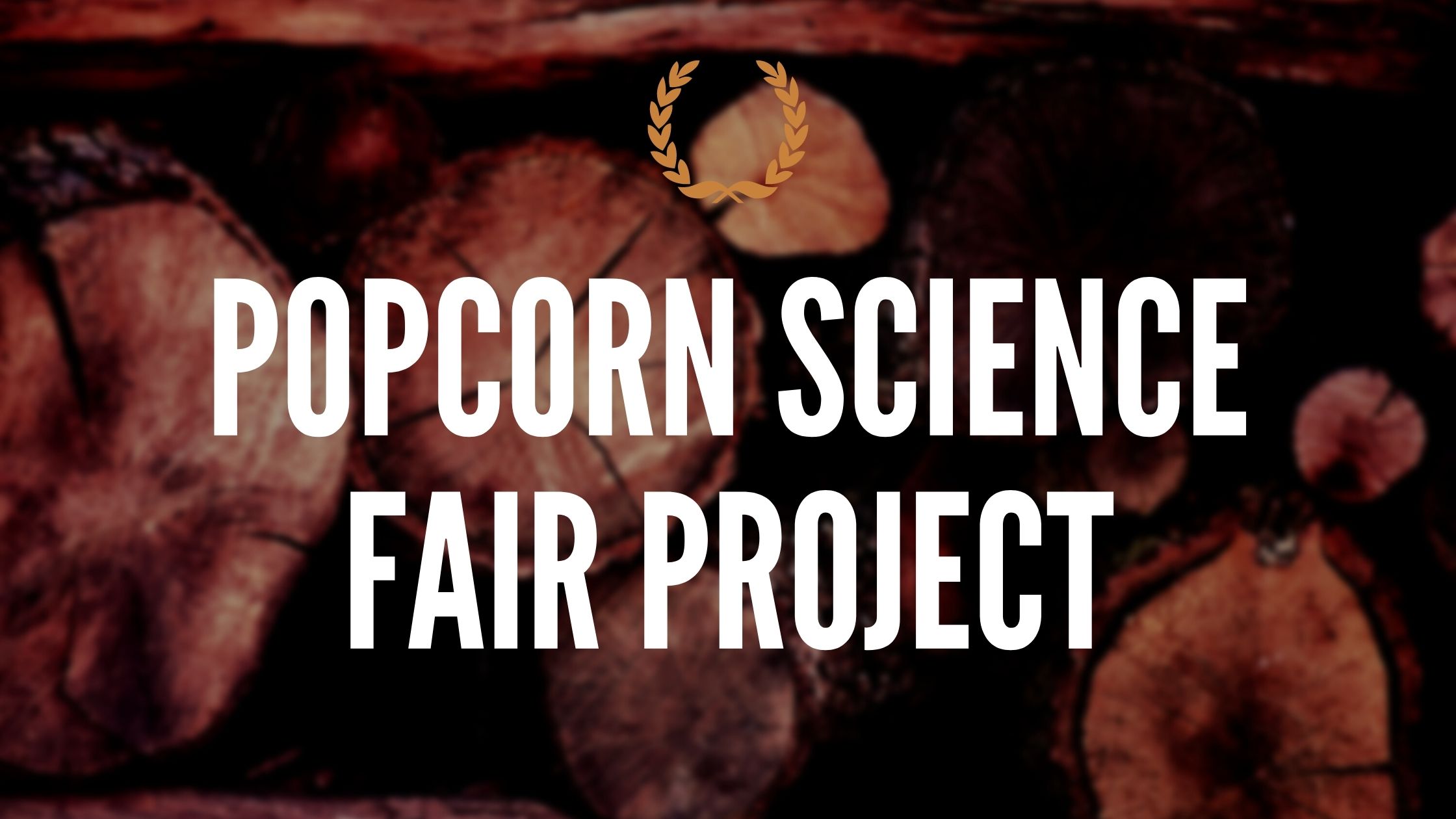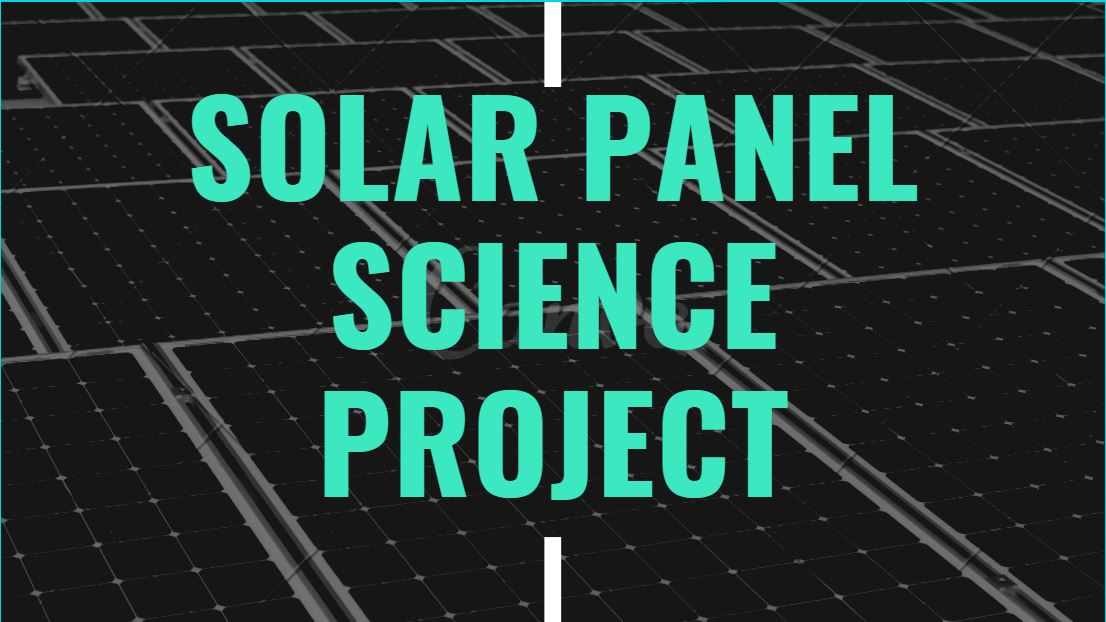Growing crystals science project
Objective
The aim of the Growing crystals science project experiment is to make beautiful and unique crystals by using science technology. You may start your own experiment when you are reading this experiment.
Things needed for Growing crystals science project
● 1 1/2 cup sugar (white)
● 1 quart of water
● Plate with a small size
● A spoon, to be precise.
● A glass
● Paper made with wax
● Saucepan
● Fireplace
● Several 250 mL beakers or clean tiny jars
● Wooden skewers or cake pop sticks
● Pack of food coloring (optional)
● An adult who can assist you
Growing crystals science project Procedure
Step 1 Fill a glass halfway with water, add sugar to a tiny dish, and place a wax sheet within.
Dip one end of each stick (if used, snip off the dotted end) Put skewers in water, then roll them in sugar and tap them gently. Excess should be removed. Place each stick on waxed paper to dry.
Step 2 Pour 1/2 cup sugar into a cup of water in a saucepan. Stir until there is no more sugar to dissolve. Add more sugar (half cup at a time) until it dissolves even after several minutes of stirring. 1 1/2 cup sugar should be enough to complete dissolving in the pot. If there is some insoluble sugar on the bottom of the pan, this is ok. (You now have a sugar solution that is saturated.)
Step 3 Request that an adult assists you in heating the sugar mixture on the burner until it boils, stirring constantly. Reduce the heat to low and continue to whisk until all of the sugar has dissolved. (You’ve just made a supersaturated solution!)
Step 4 Continue to mix the liquid until it becomes clear, but no more than 5 minutes, otherwise it will become too hot and hard candy. As soon as it gets clear, turn off the stove.
Step 5 Remove the pan from the fire and set it aside to cool until it is hot again (the sugar solution will still be slightly warm).
Step 6 Pour the viscous sugar solution into a large grownup jar slowly. Fill each with about 2/3 of a cup of sugar solution, or enough to cover the sugar-coated sticks by several inches.
Step 7 Stir in 5-6 drops of food coloring in each jar. (This step is optional; just do it if you want to produce different colored crystal candy!)
Step 8 Place several sticks in each vial once the liquid has cooled and the sugar-coated sticks are totally dry.
Step 9 Move the jars to a safe location where they will not be disturbed. Every other day, check them and gently shake them in the sugar solution to break up any big crystals that may have formed on the surface.
Step 10 The glass should start to develop on the sticks after a few days. You should have a lot of crystals after approximately a week. When your “crystal candy” crystals have reached the desired size, remove them from the jar and place each color in transparent glass to dry.
Step 11 Once they’re dry, wrap them in cellophane food wrap and tie them with a ribbon to make a lovely gift.
Conclusion
Throughout the above Growing crystals science project experiment, you have grown the crystals and have the colorful crystal candy to enjoy with your friends. This is a unique scientific project that is completely safe to consume because it is made entirely of food components rather than chemicals. You also utilize your kitchen’s clean dishes. Never attempt an experiment unless it is entirely made of food and is prepared using only clean dishes






